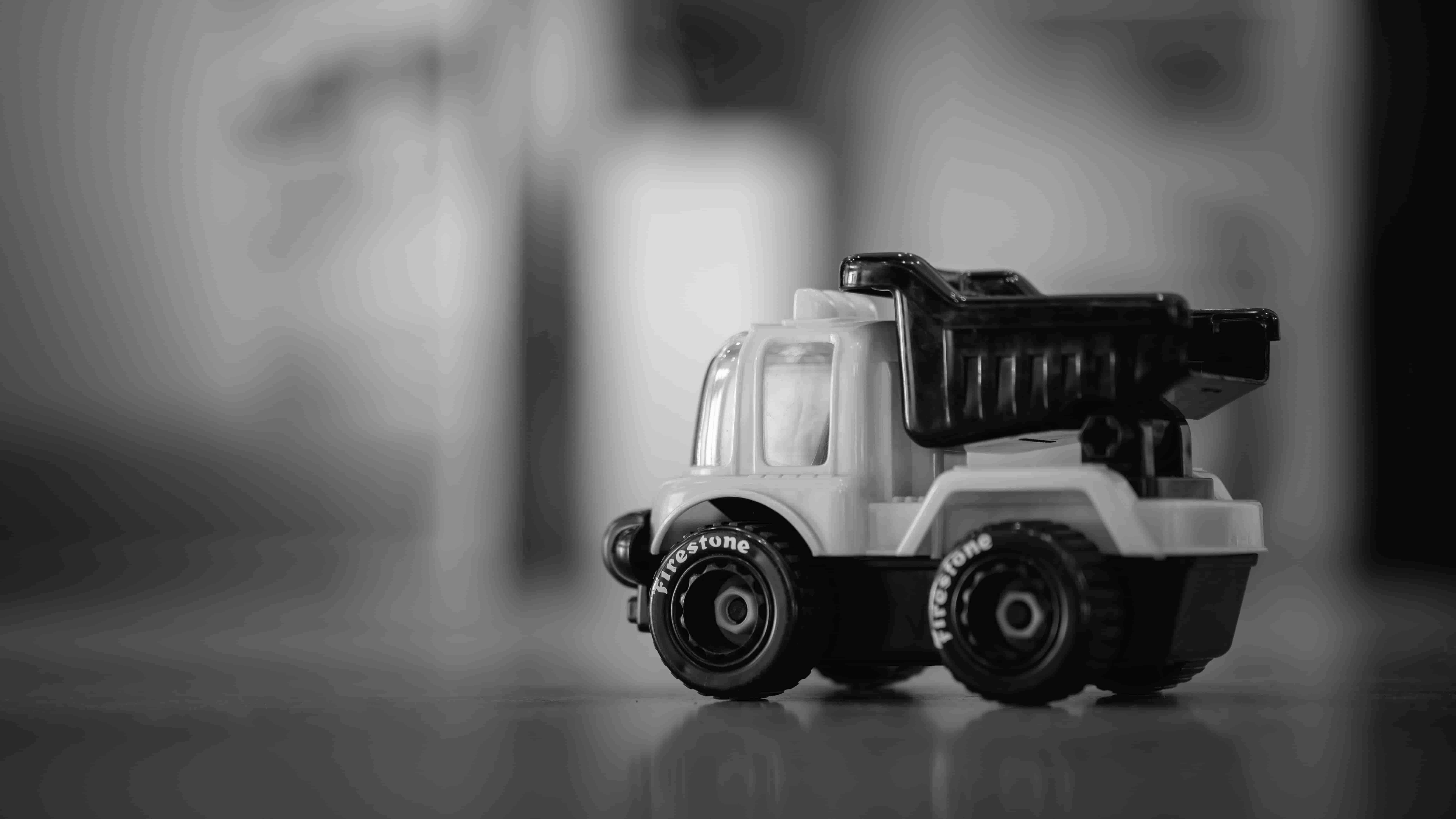The Paris Agreement stands as a global beacon for sustainability. But amidst our everyday lives, how do we, as regular folks with a lot on our plates, align our actions with this monumental commitment?
Amidst juggling work deadlines, family responsibilities, and the hum of daily routines, the grand scope of international accords like the Paris Agreement can feel abstract, leaving us wondering how our individual efforts truly echo such lofty global goals.
Thankfully, we now live in a world where sustainability is no longer confined to textbooks or boardrooms; it’s woven into the fabric of our lives. With the rise of sustainable infrastructures and systemic shifts, being eco-conscious has become more accessible. From cities implementing plastic bag bans to embracing public transportation and the growing culture of clothing swaps and thrifting, these changes reflect a significant societal shift towards a greener ethos.
Looking for some everyday eco-wisdom? Below is a collection of eco-friendly tips shared by our team mates from around the world. Their insights offer firsthand experiences of incorporating sustainable practices into diverse lifestyles, illustrating that indeed, every individual can contribute to a more sustainable world.
Jess, Singapore
1. Encouraging Recycling at Home
Encouraging my family to embrace recycling began with a non-judgmental approach. I found it crucial not to dictate what should go into the recycling bin initially. Our only rule? Keep out the heavily soiled or wet items and ensure all packaging gets a good wash before recycling. Placing a sizeable recycling bin right next to our regular trash made it much easier for everyone to adopt this habit.
2. Creative Repurposing of Packaging
At home, our meals often come with various types of packaging—PET bottles, plastic containers for fruits, canned goods, glass jam jars, and cereal boxes. I’ve discovered that many of these packaging items can be recycled or repurposed in creative ways.
We’ve turned glass jars into charming flower vases and given PET bottles a second life as pencil holders, self-watering pots, or even toys!
Carton boxes? They’re perfect for crafting adventures.
Not only does recycling benefit our sustainability efforts, but it also fuels creativity in our household. Our recycling bin has become more than just a collection point—it’s a resource for imaginative projects, especially with the kids. It’s amazing how recycling has transformed into a hub for both eco-friendliness and creativity at home.
Indah, Singapore
In a journey to build intentional buying habits, my tips are all rooted in mindful fashion consumption. I’ve often been inspired by content creators like Christina Mychas and Hannah Louise Poston in learning not to overspend, and their insights have definitely shaped my perspective significantly. Below, you can find my three-pronged approach to ultimately buying less.
3. Building a Wardrobe That Matches Our Lifestyle
To ensure I stop over-buying clothes, I took stock of the existing items in my wardrobe and evaluated how much they align with my daily activities. What are the recurring situations in my life, and what kind of clothing do I wear for them?
For instance, the common office dress code may be business casual, but in my case, I work from home and spend most days in sleep or loungewear. I found that I have more than 20 outerwear pieces like pullovers and jackets, but hardly ever needed to wear them all year round. This way, I’d know to think twice before buying more outerwears. On the flip side, since I spend 80% of my time in loungewear, I no longer feel guilty over having more loungewear pieces than the average person.
Hannah Louise Poston explained this tip in much more detail in one of her YouTube videos.
4. Shopping Our Own closet Once in a While
The desire to shop for new clothes can come from feeling uninspired by our current wardrobe. On days like these, I’d challenge myself to shop in my own closet. I’d look for a few garments that fit me and my current lifestyle, but that I just haven’t reached for in a long time. Rather than decluttering right away, I’d focus on finding a new way to style an outfit around each garment. So far, I’ve surprised myself at the result. In the following weeks, I find myself reaching for those garments previously lying dormant in the closet and feeling motivated to style them in even more ways.

There are many “Shop Your Closet” guides on YouTube, and these are a few that I found helpful.
5. Having a Mandatory Pre-Purchase Cool-Off Period.
If you frequently make purchases on impulse, and eventually regret it after, this tip is for you. In his highly rated book Predictably Irrational: The Hidden Forces That Shape Our Decisions, Dan Ariely argues that our purchases are irrevocably driven by human emotions and are therefore prone to irrationality.
Whenever something catches my eye, the rush of excitement I feel may drive me to make the purchase right away. However, by waiting a few days before every garment purchase, I’m giving myself time to let the emotions settle to make way for reason. In fact, there have been many instances where the items I thought I wanted were completely forgotten by the end of the cool-off period (and my wallet was thankful for that).

When shopping online, I’d leave shortlisted items in my wishlist for at least a week before deciding whether to buy them.
Cecilia, Petaling Jaya
6. Thrifting Fashion Items
Earlier this year, I went on a journey of rebuilding my closet. I began actively decluttering, selling off clothes and buying secondhand from thrift stores.
Why did I begin thrifting? Truthfully, when I came across a picture of a landfill and there were kids playing in it, that was when it clicked. I began applying thrifting tips from fashion influencers like Macy Eleni, Susie Lola, Mina Le and Rachel Spencer, which made the whole process more fun. I find joy in the practice because I will never know what I will find, so it feels like treasure hunting. The best part is copping designer items for less than a fraction of their original price! For instance, I’ve found vintage Kenzo and Courreges pieces at a local store, 2nd Street.
Other secondhand fashion venues I’ve visited include Jalan Jalan Japan, Sasuke Outlet and various weekend thrift markets, where many small businesses set up booths.
My advice for those who want to venture into the thrifting realm is to simply have an open heart and mind, and enjoy the process (which isn’t always glamorous). Also, diving in with a shopping list or mood-board can help a lot in keeping you focused and not getting overwhelmed by the variety of stock in-store.
JT, Kuala Lumpur
7. Embracing Eco-Bags for Shopping
Bringing my own eco-bag when shopping became a recent habit to save money and cut down on the use of plastic bags.
This year, I purchased a compact, foldable eco-bag for easy carrying. It’s been a convenient addition to my lifestyle, although I admit, I occasionally forget about it. To counter that, I make a point to return my folded eco-bag into my tote after each use. This simple change has taught me that being eco-friendly starts with minor adjustments, making a bigger impact than expected.
8. Transitioning to Soap Bars
Another change I’ve embraced is using soap bars, inspired by online content creators.
Soap bars reduce plastic bottle usage, are more cost-effective, and often contains fewer ingredients. Since starting this year, it has simplified my routine in a few ways. For instance, it reduces clutter and makes it easier to keep my bathroom tidy. However, keeping the bar dry for the purpose of longevity posed a challenge. I found a solution by using a net to hang it up, prolonging its use. This switch to soap bars has shown me that embracing simplicity can be rewarding—a valuable lesson in ‘less is more.’
Jiamin, Batu Pahat
9. Buying and Selling Pre-Loved Books
I’ve only been doing it for a year, where I sell my books as secondhand items on various platforms. The money I earned from selling them is then used to purchase other secondhand books. I genuinely enjoy this practice because it feels like I’m exchanging books with fellow readers, creating a sense of community.
The main challenge with this is deciding which books to sell, making sure to pick ones I most likely won’t reach for in the future. Additionally, I make it a point to only sell books that are still in good condition. Whenever I’m feeling sentimental, I remind myself that my books would find new owners who would appreciate them just as much. Through this process, I’ve not only saved money on buying new books but also contributed to reducing paper waste.
For beginners, I would advise taking good care of your books while reading them and refraining from writing in them, if you don’t want the next owner to read your notes.
Usually, I buy the books online from online sellers like Bookssy Thrifted and Thrift Book Cafe.
Ghifar, Jakarta
10. Urban Farming
I was born and raised in Bandung, a city with vast green spaces and agricultural land. Since moving to Jakarta, a city full of towering buildings, lack of greenery and rampant air pollution, I’ve never felt the same as I did in Bandung. I started wishing I could have my own green space at home despite the limited space, and that’s when I discovered urban farming.
It’s perfect for people living in crowded cities, as this approach utilises small, unused spaces within homes and requires only simple tools and materials.
I soon realised that engaging in urban farming yields numerous benefits. Beyond introducing greenery to one’s immediate surroundings, it serves as a practical means to reduce food waste by converting it into compost.
Maintaining a home garden is also straightforward. It’s just about ensuring the plants receive adequate sunlight and regular watering to support root growth and maintain moisture. These simple practices make urban farming a feasible and rewarding endeavour.
When starting out, these are items you’ll need:
Organic growing medium
In gardening, the choice of planting medium is crucial for providing optimal conditions for plant growth. Opt for organic or ready-to-use options like charcoal, fern stems, compost, manure, and humus.
Seeds
Plants like bay flowers, lettuce leaves, tomatoes, and kale are ideal choices for beginners as they don’t require extensive space – you can even cultivate a vibrant salad bowl within just one square metre.
Containers
The array of container choices is extensive, including upcycled items like paint cans and plastic bottles. Transform these containers into plant vessels and get creative by adding decorative elements to enhance your gardening experience.
Fertiliser
Provide essential nutrients to your plants by applying fertiliser at least once a month. Consider using natural options like manure, which contributes to the overall health of your plants. You can also make your compost from food waste to create a sustainable and cost-effective fertiliser.
Small steps, big impact.
May these shared eco-friendly tips spark inspiration and guide your journey toward a more sustainable lifestyle. As we conclude this exploration, remember, it’s in the everyday choices, the seemingly small actions, that we collectively shape a brighter, greener tomorrow.




